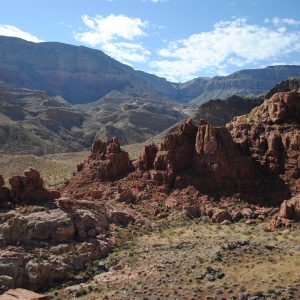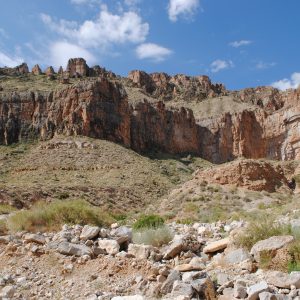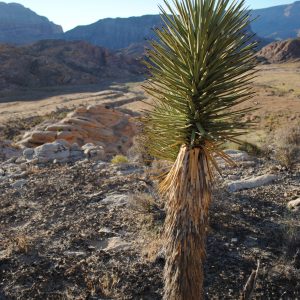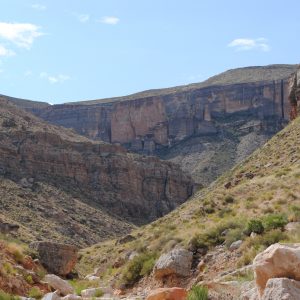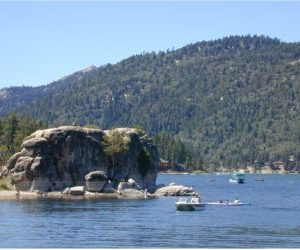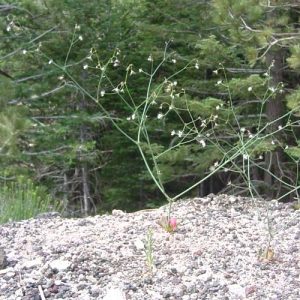This month we had the pleasure of helping several different agencies on wildlife projects. One of the most unique experiences I had was with the National Parks Service. We were able to band hummingbird at Bryce National Park. Feeders with netting bunched around the top were hung and observed for 5 hours. When a hummingbird landed on the feeder, a line was pulled that released the netting so it would fall around the feeder and hummingbird. My most exciting moment of the day came when I pulled the line and captured a rufous hummingbird. Next I loosely close my hand around the hummingbird and placed it in a netted bag. The bag carrying the bird was then brought to the processing table where measurements were taken and the bird was banded (with the smallest band ever seen).
We were also lucky enough to help the Utah Division of Wildlife run a M.A.P.S (Monitoring Avian Productivity and Survivorship) station in Santa Clara, UT. Using mist nets we were able to capture birds along a riparian area. After removing the birds from mist nets, the birds were banded, aged, sexed and several measurements were taken.

Next month, I will be aiding the Forest Service with a fish survey. This will include electroshocking the fish (they are stunned, not killed), scooping the stunned fish up with nets and taking length and weight measurements. More is to come on this topic in my next blog 🙂
Besides assisting other agencies, my fellow intern Brittany and I continue to monitor sage grouse habitat. Today, we flushed up three greater sage grouse while enroot to one of our sites. At another site, we identified greater sage grouse sign.

Our future endeavors with the BLM include the Wild Horse and Burro Adoption, riparian assessments, mule deer monitoring, digitizing sage grouse sighting and raptor nests and more. Until next time, I hope everyone is enjoying their internship!
Michelle Downey
Cedar City, UT
BLM

